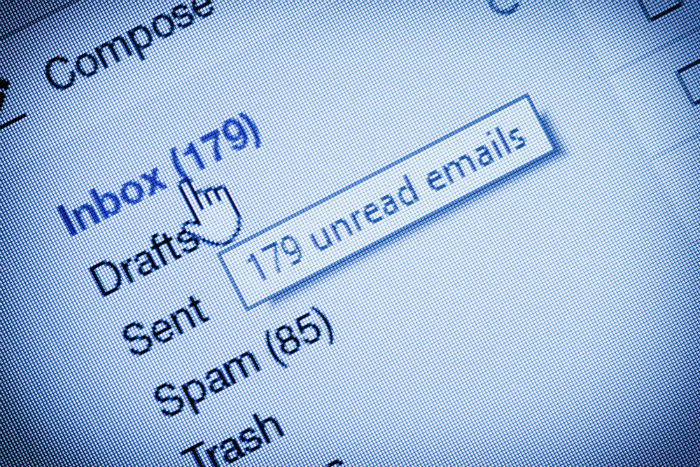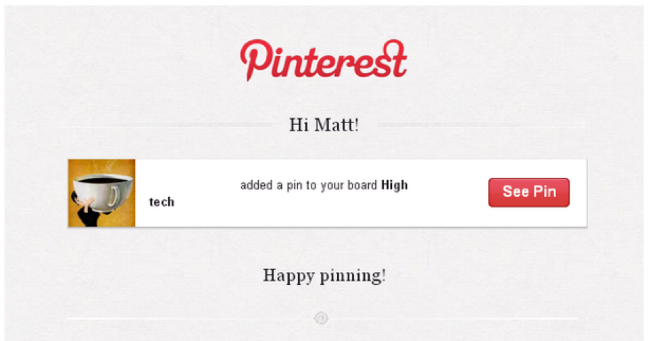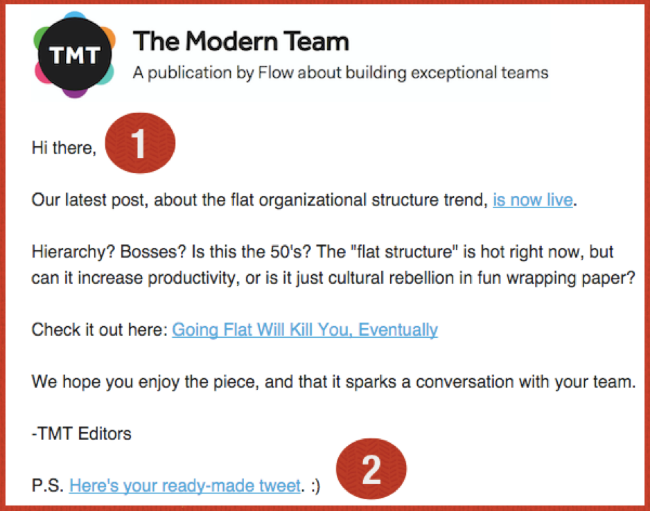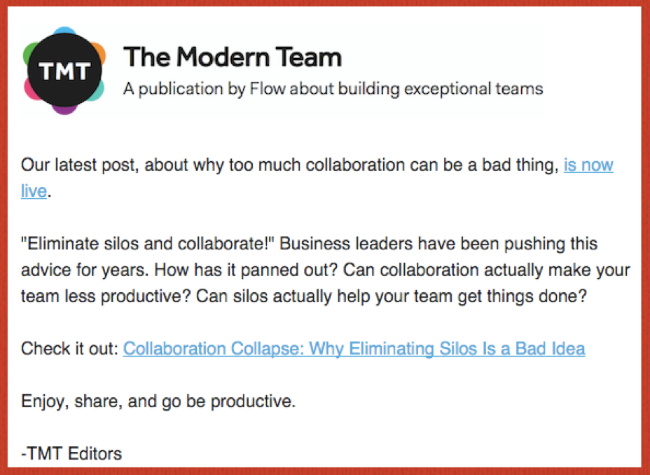What should be the email list, and why users unsubscribe from them

In our blog, we write a lot about creating email newsletters and working with email. We have already discussed the difficulties of combating spam , the future of email, the protection of email correspondence , as well as email techniques used by the leaders of large IT companies.
Today we will touch upon another interesting topic - why users unsubscribe from email newsletters, and what they should be in order to be useful.
Statistics: which mailings people don’t like
The Unroll.me service, which helps unsubscribe from unsolicited mailings, published its own statistics on user preferences in 2014 . According to the data collected, most often users unsubscribe from flower delivery services, selling concert tickets, airline tickets, party supplies, as well as searching for interesting events and activities in the neighborhood.
Many of these services are used only for special, isolated cases. If suddenly romantic impulses prevail over a conditional man, then an advertising offer from a flower delivery site will be very useful, but he is unlikely to use this service constantly. Therefore, even if the user receives notifications from this service only on March 8, this is still not a good idea.
The same goes for sites like Expedia: most users do not buy airline tickets and tours too often, and although it is nice to seize the moment and take advantage of discounts, such messages rarely arrive at the right time.
It doesn’t matter how much we might like a trip to the Christmas market to the other end of the world - budget and planning play a big role in making such decisions, therefore, having made this kind of purchase, the user is unlikely to be interested in a similar offer in the near future. In this case, sending dozens of emails is simply pointless.
What do they like to read
Unroll.me research results suggest that users readily read newsletters that are somehow related to communication. For example, a large number of email messages are sent by various social networks, but people rarely unsubscribe from them.
In addition, people want to stay up to date on their favorite sites - some find it easier to find out about updates via email, although advertising messages from the same favorite sites attract them less.

So, here is a list of resources where a large number of users are subscribed to the newsletter:
- Facebook: 70% of users subscribe to the newsletter.
- Google+: 66.9%
- Twitter: 64.4%
- LinkedIn: 62.1%.
- YouTube: 48.4%
- Amazon: 43.1%
- Pinterest: 39%
- Apple: 35.9%
- Groupon: 30.8%.
- Netflix: 29.6%.
Cutting off excess: What should be the email message
In addition to statistics itself, you can understand exactly how to create mail messages using a practical example. Flow marketing specialist Cameron Conaway shared his experience of optimizing the text of the email newsletter . The service employees needed to create a newsletter containing a link to the latest material from the blog for its subscribers.
According to the marketer, at first he wanted to add both the headline and the sidebar to the email, but after a meeting with colleagues it was decided that one of the two would be enough. This is what the first version of the letter looked like (numbers indicate places that were subsequently changed):

- I needed a unique logo. The image that was used in the first version of the letter personified the development of the startup, but was taken from the Shutterstock photo bank, and this did not at all correspond to the creative direction in which the editorial board wanted to move.
- The phrase “from Flow” at the end of the sentence “Material on how to create great teams from Flow” seemed cumbersome and inappropriate. In addition, it did not comply with the principle of simplicity, which the team tried to adhere to ..
- At first, the workers wanted to add an introductory design before moving directly to the article, but in the end they decided that it would only overload the text of the letter.
- Having reduced the introductory structure, they decided that it was worth adding a hyperlink to it in order to immediately draw the reader's attention to the article.
- It was also decided to get rid of the phrase "If you missed our first article." This is another example of a pile that only prevented the main idea from being conveyed to the reader.
- For the same reason, the line “Forward - together” was deleted. As planned, this little phrase carried a deep meaning, but for readers it was an additional obstacle.
- The blog signature has been replaced with the more general TMT Edition.

With the new version of the letter, the number of click-throughs was more than doubled with an almost unchanged number of openings. But it could still be optimized.
- An unremarkable greeting began to seem redundant, so it was removed.
- The same could be said about the “PS” line, especially considering that readers didn’t follow the link indicated in it too often.

Conaway says writing a letter was like a collaborative process of editing a poem: you had to get rid of all that was superfluous, leaving the most important. This is the only way to direct the attention of subscribers to the right track.
